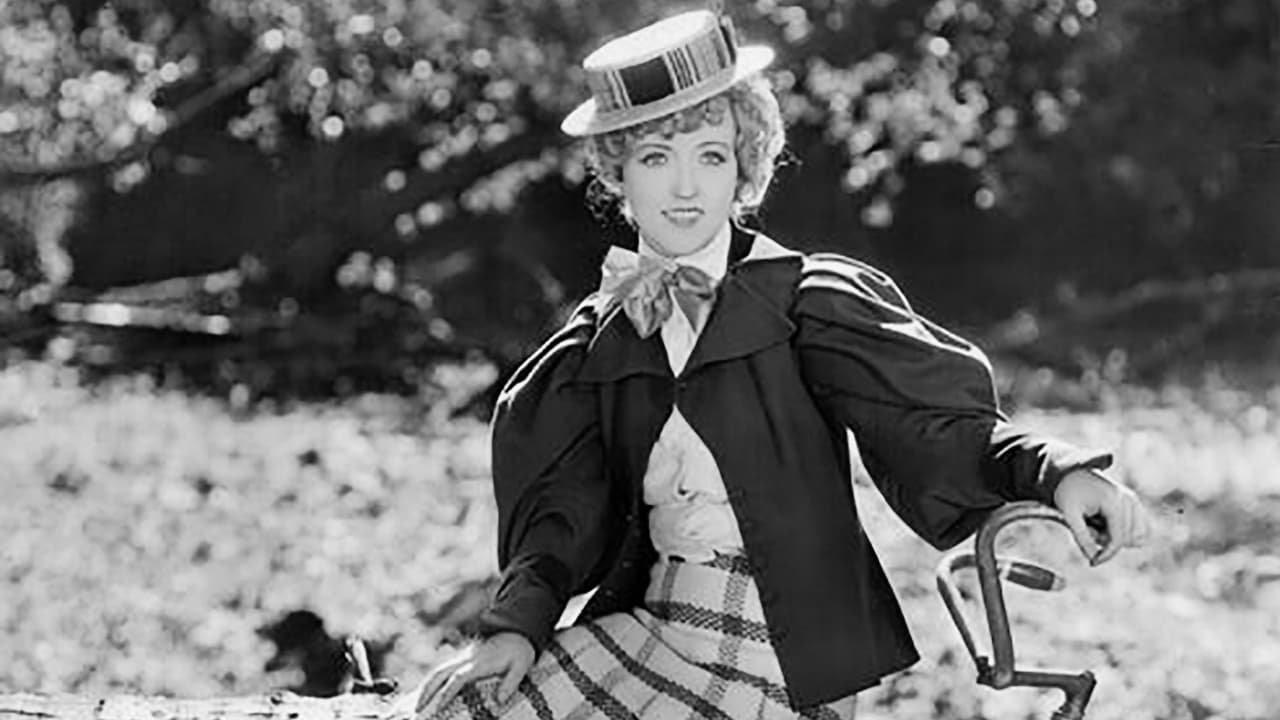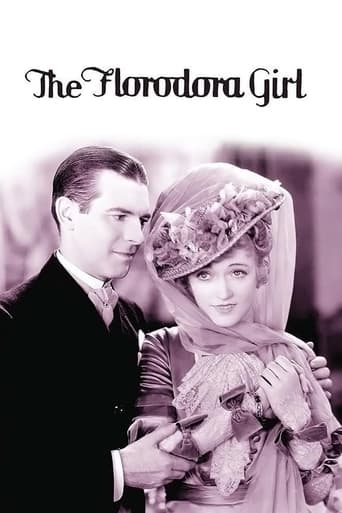

One of the worst movies I've ever seen
... View MoreI gave this film a 9 out of 10, because it was exactly what I expected it to be.
... View MoreThe acting in this movie is really good.
... View MoreAmazing worth wacthing. So good. Biased but well made with many good points.
... View MoreMarion Davies stars as one of the famed Florodora Girls who spurns wealthy suitors in search of "true" love or all that can be had in an 80 minute film. Davies is the centerpiece as usual and does well with the part. There's a bit of real life irony in the fact that Davies was the mistress of super rich publishing magnate William Randolph Hearst at the time this film was made. Viewers should be prepared to hear a plethora of old-time, tired phrases, such as "yes sir-ee bob", "humdinger", "I say...", "It's ripping", and "hunky dory". The supporting players do add some flavor to the film, including Lawrence Gray as Jack Vibart, Walter Catlett as De Boer, Louis John Bartels as Oliver Hemingway, Claud Allister as Lord Rumblesham, and especially Sam Hardy as Harry Fontaine. Ilka Chase appears as Fanny, and Anita Louise appears as one of the Vibart teenagers. Several songs, vibrant costumes, and sets brighten an otherwise average film. The concluding scene was filmed in two-color Technicolor, although some prints will look just tinted because of film-stock fading for sure. Gene Markey wrote the script, which was directed by Harry Beaumont. Davies produced the film. ** of 4 stars.
... View MoreMarion Davies starred in this film set during the "Gay Nineties". She is a chorus girl who seems to have little luck with the men. While her coworkers seem to have no trouble hooking rich boyfriends, Marion is just too awkward and "doesn't know the game" according to her friends. So, these ladies coach her on how to hook a man (Lawrence Gray). Unfortunately, while Gray is interested, initially his intentions are less than honorable. However, over time, it becomes clear that he really does love her and wants to marry her. Unfortunately, a severe financial reverse nixes their upcoming marriage. What is poor Marion to do? This is a very good film--despite widespread belief that Marion could not act, she did a pretty good job in this movie. While she seems awkward at times, this was part of her persona and due to excellent writing you really care for her. While at times the film is pretty formulaic, how they handled Gray's mother was unusual. Usually the rich parent is rather snooty or totally disapproves of a possible marriage to a chorus girl. Here, fortunately, the mother is much more complex. In particular, I loved the very sweet ending where the mother, as well as her son, welcome her into the family.This is an old fashion piece--one that fans of Hollywood's Golden Age (like myself) thoroughly enjoy. Others who demand newer movies or hate the style may not be convinced, but it is well worth a look.By the way, although the print is so faded that you really can't tell, the ending sequence was shot in 2-Color Technicolor. Unfortunately, due to time and a need for conservation, the movie now just looks very orange during the last 10 minutes.
... View MoreA rich young man woos THE FLORODORA GIRL of his dreams -- but is he sincere?For nearly 20 years, no other actress in America was the recipient of so much effort to make her a big movie star than Marion Davies. As mistress of the powerful media mogul, William Randolph Hearst, Davies appeared in one lavish film production after another. Hearst's seemingly bottomless pockets spared no expense and Marion lived like a queen both on screen and off. (Their huge California mansion, now called Hearst Castle, crowned a coastal estate of unstinted extravagance, while the saltwater sequence for FLORODORA GIRL was filmed in the waters in front of the enormous Santa Monica beach house Hearst built for her.)Never one to put on airs, Davies won the hearts of her fans and the other Hollywood stars with her warm generosity and good spirits. On the screen Hearst preferred seeing her in heavy historical romances, but she much more enjoyed light comedy fare which better displayed her talents. Which is exactly what she does in FLORODORA GIRL, getting to sing & dance a little, playing a member of the famed sextet, looking for love with the right boy but not willing to compromise her morals in the search. Davies had been a Ziegfeld Follies Girl before being carried off by Hearst; the film poses a few questions about love and success which must have given Marion something to ponder.Lawrence Gray, an important MGM musical comedy star at the beginning of the Sound Era, does well in his role as the vivacious society boy who learns a few things about maturity while wooing Davies. He had partnered with Marion before, in Silent & Sound pictures, and they have a good on-screen chemistry.The supporting cast provide a few laughs: Walter Catlett, Louis John Bartels & Claud Allister as well-heeled stage door Johnnies; Ilka Chase & Vivian Oakland as aging, tough-as-nails Florodora Girls; Jed Prouty as Marion's alcoholic father; and George Chandler as her big-toothed cigar store boyfriend. That's Anita Louise who shows up very briefly as one of Gray's younger sisters.MGM gave the film a nice feeling of the 1890's with its horseless carriages, puffed sleeve fashions and frequent songs. The early Technicolor with which the film closes is most pleasing to the eye.
... View MoreMarion Davies is quite good in her 3rd talkie, THE FLORODORA GIRL, playing one of the 1890s stage sensations. While the other girls are raking in jewelry and marrying wealthy men, Davies can't quite figure out the game and waits for Mr. Right. He appears in the person of society man, Jack Vibart (Lawrence Gray), but he has a terrible reputation as a womanizer and is engaged to a socialite. The girls decide to teach Davies how to play the game to rake in the loot, but she really doesn't want to scam Vibart. Turns out he is a fortune hunter since his family is broke. Can the lovers united? Several plot devices later, there is a happy, 2-strip Technicolor ending, possibly the only color footage Davies appears in.Nice film, accurate depiction of 1890s America. This film again proves the wonderful comedic talents of Marion Davies and draws from her early days on Broadway as a Ziegfeld Girl and musical star. She's marvelous, and so is Gray.Good supporting cast with Ilka Chase, Sam Hardy, George Chandler, Jed Prouty, Nance O'Neil, Vivian Oakland, Walter Catlett, Maude Turner Gordon, Anita Louise, and Louis John Bartels. Best scenes include Davies all dolled up in a makeshift gown from the theater's costume department, crashing a society ball and the color finale, which finally shows the musical routine that had the theater world agog: "Tell Me, Pretty Maiden." Sweet, innocent film, and very well done. Davies and Gray had starred together in the silent classic, THE PATSY, as well as Davies' starring talkie debut in MARIANNE.
... View More